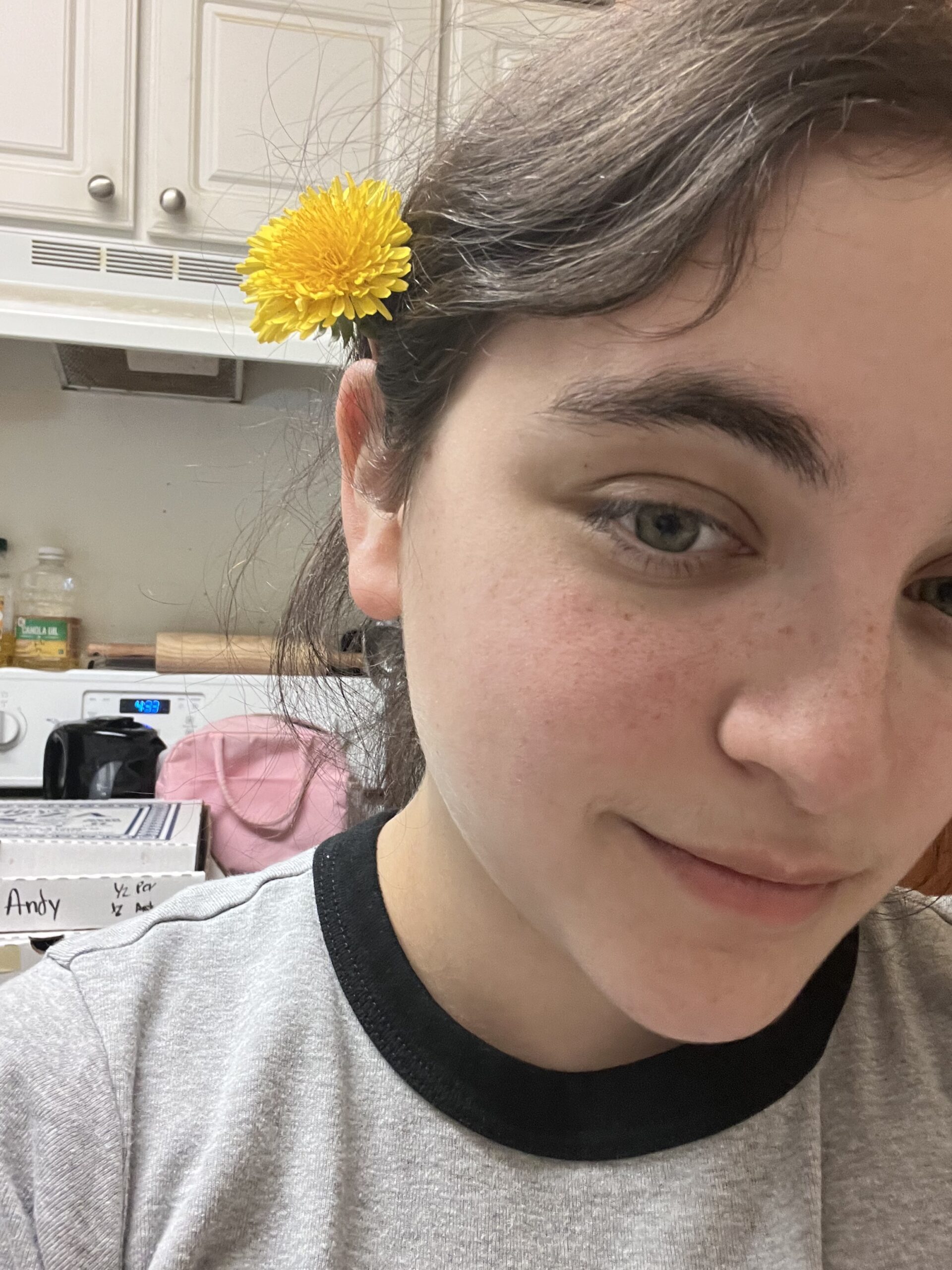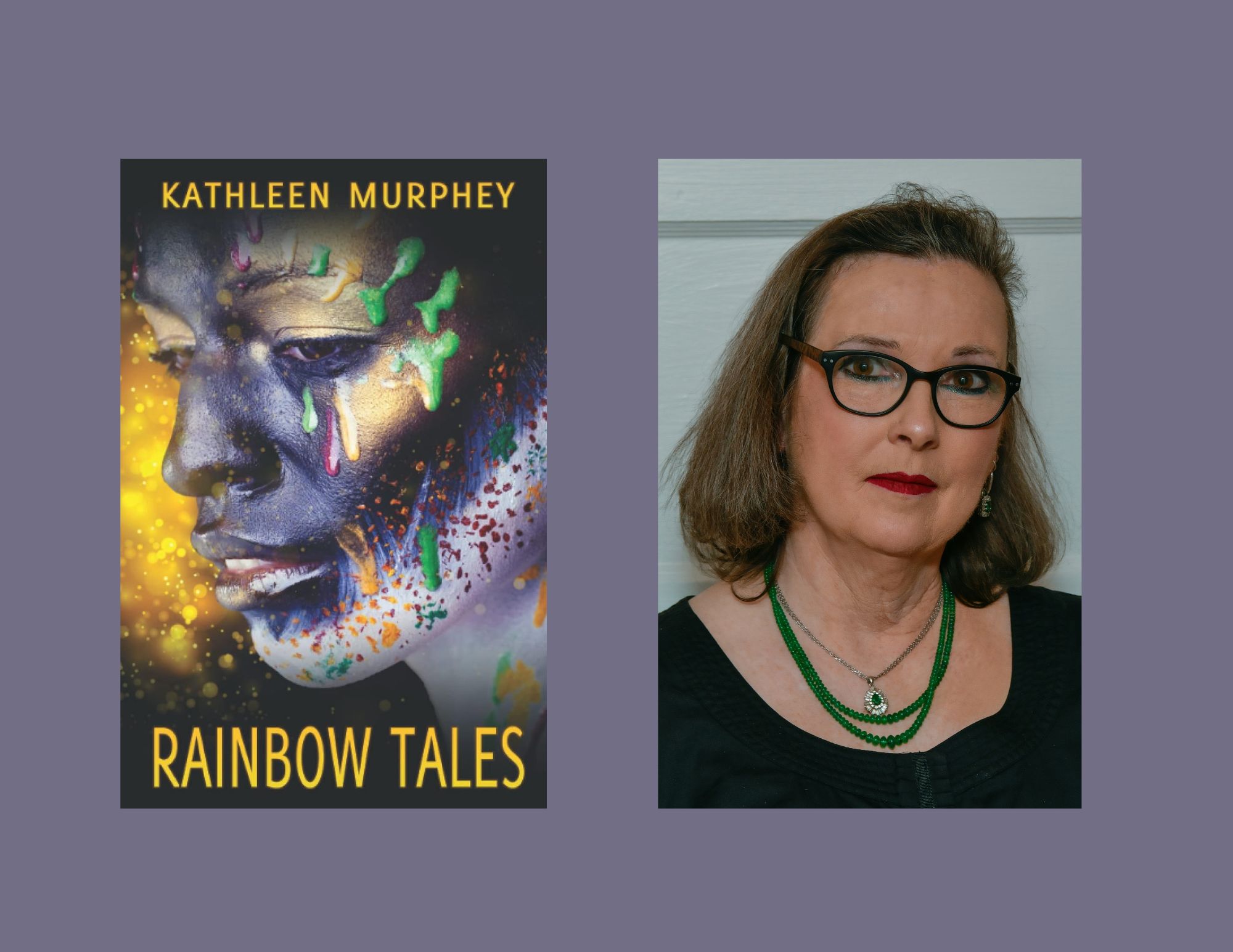Kathleen Murphey, a writer, professor, mother, and wife, retells fairy tales with modern themes—such as feminism, sex positivity, and 2SLGBTQIAP+ relationships. She graduated from the University of Pennsylvania with a PhD in American Civilization. Some of her works include Rainbow Tales, Snow White and Sleeping Beauty, and Other Tales. Her writing has also been highlighted in publications such as Philadelphia Gay News. Murphey strives to fill in the missing pieces of fairy tales to create more inclusive, diverse stories.
Isabella Atchick: What do sex-positive fairy tales mean to you?
Kathleen Murphey: It means that if there is a sex scene, we’re not glossing over it. We’re actually saying, God-forbid, the actual anatomical parts. So, I’m not saying ‘the entrance to her thighs,’ ‘the apex of her thighs,’ or his ‘velvet-wrapped steel.’ If you’re trying to portray female sexuality but can’t use the actual terms, you make it unspeakable.
IA: What are some ways you interpret fairy tales in your own voice?
KM: “P Pan and Beyondland” is a retelling of the Peter Pan story, but the kids just understand that they’re not heterosexual, and they’re willing to go with P Pan to Beyondland. In Victorian England, there was no room for that kind of self-expression. With some of my other stories, like “Anton, The Steadfast Soldier, and Tatiana, The Steadfast Dancer,” the original is from Hans Christian Andersen. In his story, the last tin soldier, who is missing his leg, goes on this adventure, ending up in the belly of a fish. A maid takes the fish home, where the Steadfast Soldier and the Dancer end up dead (terrible ending). In my story, the nursery fairy comes to him and because he’s been so brave, grants the soldier a wish—where he asks to come back to life. He is also really disappointed because he has an amputated leg, but both the Dancer and the nursery fairy tell him that he is a hero with his disability.
IA: Where did the inspiration for rewriting fairy tales come from?
KM: It’s funny, I really did not think of myself as creative for a long time. I wrote an alternative version of Twilight called “Stalked.” In “Stalked,” Bella realizes that Edward and Jacob are bullying her, so she moves to Florida to be with her mother and decides to start therapy to stay away from abusive guys. I was just irritated that I wasn’t finding empowered female sexuality. All these people are talking about it, and yet there’s not a depiction I can read. So, I wrote a novel that didn’t really go anywhere, and then I started with the fairy tales. It helped one time to have a sabbatical for writing. Again, this is kind of a new thing for me, since like the 2000s. I’ve taught children’s literature before, so I’ve read a lot of fairy tales, and still enjoy reading them. I feel like in all the work that I do, it’s all kind of like putting a puzzle together in a way.
IA: What is important for you to prioritize when teaching writing at the Community College of Philadelphia?
KM: Well, we do teach quite a bit of developmental reading and writing at the community college level. I can do this, but that doesn’t mean it’s easy. So, we’ll mockup something and I’ll have them read it, and they’ll do something similar to that. I like model essays more than rubrics. So, while I do think it’s hard for students, I try and make them understand that it wasn’t easy for me either. But after you write a whole lot, it gets easier. To some extent, the more you read, the more you write, the better you get at it.
IA: Is it a challenge to write about characters that already exist in their own stories?
KM: I’m very conscious of the fact that people like the Brothers Grimm are white Christian men, who are editing the stories that they hear to fit the Christian model and audience. I teach gender studies sometimes, and I talk to students about Little Red Riding Hood. We have no idea what an original story would have looked like because, in models like the Joseph Campbell one, the hero saves themself. When I take something like Briar Rose, not going with Disney but with the Grimm’s or a folktale version, how would I want her to be different? I did an independent Briar Rose story, where the thirteenth fairy doesn’t curse her; she gives her the gift of independence. I want to go against the passive female as much as possible. I don’t want them to have to be chaste and pure either, which is how some of the stories have some sexual component. I don’t draw it out or anything like that because fairy tales are relatively short.
IA: In the next few years or so, what are you hoping for as a writer, whether with publication or exploring new stories?
KM: I would like somebody to publish Beyond the Witch or some of the other fairy tales. Again, I think they’re really timely, so I mean, if the right person saw these—Hollywood movie potential? I feel like if I could just get the right person to see them, it would make all the difference. So, I hope to get some more published! To publish with another small indie press, like JMS Books, would be wonderful.
Check out Kathleen Murphey’s work and keep up to date with her releases here. You can also purchase Rainbow Tales, Snow White and Sleeping Beauty, and Other Tales.

Isabella (she/her) is a third-year English major with a minor in Education. She loves finding ways to uplift and highlight readers and writers. In her free time, she can be found spending hours deciding which book to read, playing with her cats, or on her way to a coffee shop.
